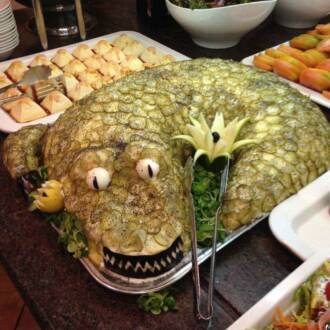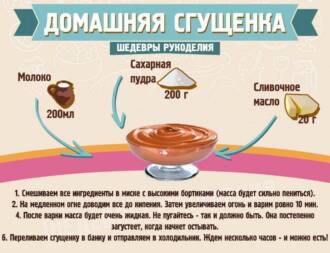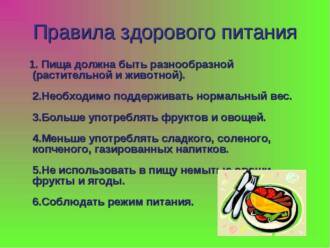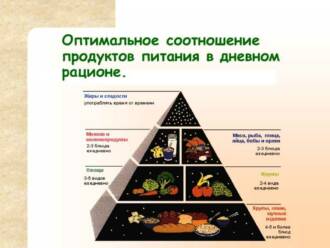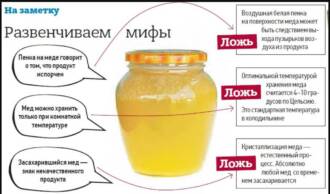
Insects such as butterflies, beetles and locusts are unusual and sometimes unexpected ingredients in the food culture of different countries. Although insects are not a common and familiar food item in most Western countries, they are traditionally used in food in many parts of the world.
In some African and Asian cultures, insects are an important part of the diet. Rich in protein, vitamins and minerals, they are seen as a healthy source of nutrition and a great alternative to meat. Insects can be prepared in a variety of ways - fried, boiled, baked or added to dishes as flour or paste.
While the idea of eating insects can be disgusting and repulsive, they have many benefits. They can be cheap and environmentally sustainable as they do not require large amounts of land and water to breed. In addition, insects are a source of protein and other nutrients, making them a valuable food item in an environment where the world's population is growing and new food sources are needed.
Although the idea of eating insects may seem unusual and exotic, they have been part of the food culture of different countries for many centuries. The use of insects as food will not only diversify our diet, but also help to find sustainable and environmentally friendly food sources for future generations.
The influence of insects on the food culture of different countries
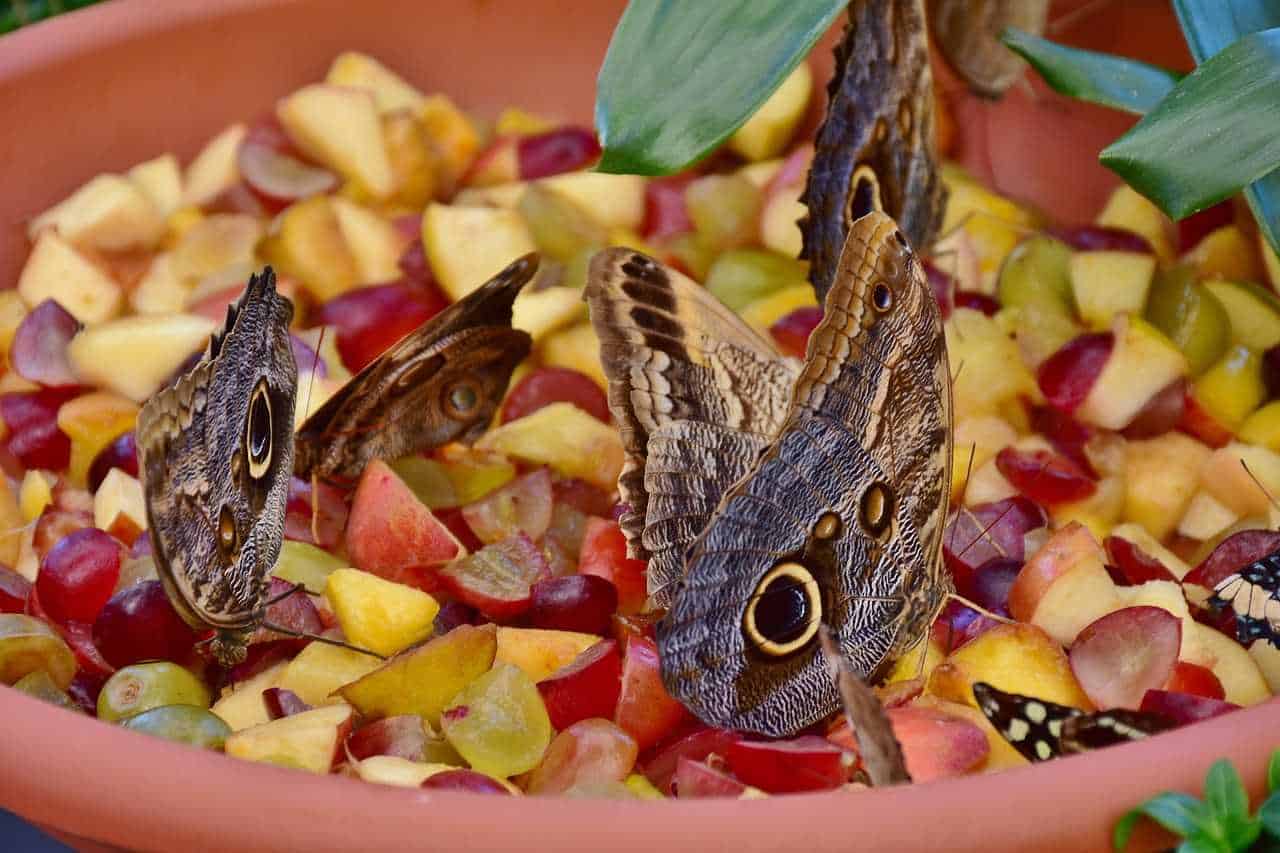
Insects play an important role in the food culture of different countries, adding new flavors and textures to dishes. In some cultures, insects are a common and important part of the food, while in others they are treated as exotic delicacies.
In Southeast Asia, for example, insects are a common source of protein. They are cooked in a variety of ways such as frying, boiling and grilling. Insects such as beetles, ants and silkworms are added to local dishes, giving them a special flavor and aroma.
In Africa and Latin America, insects also play an important role in food culture. For example, in Mexico, caterpillars are used to make traditional dishes such as tacos.
From butterflies to exotic delicacies
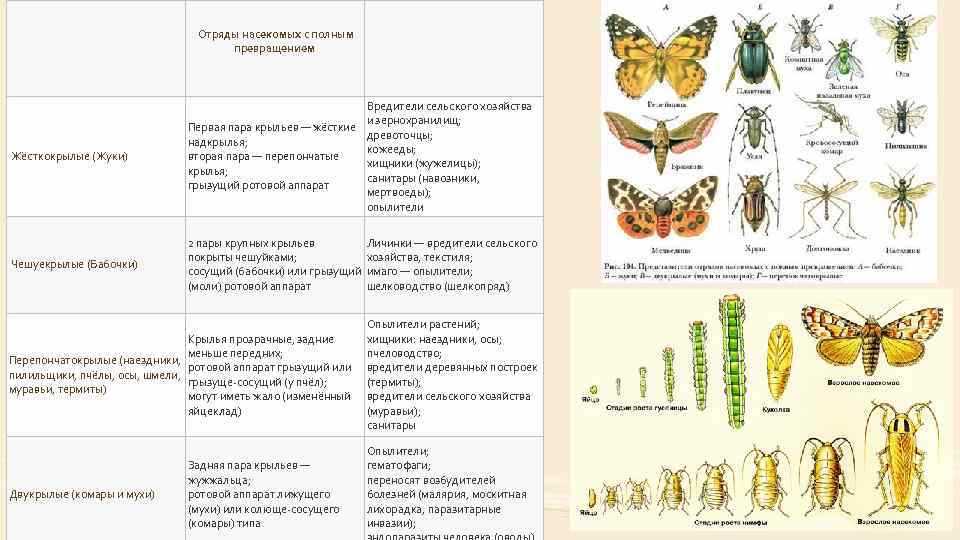
Insects are an incredibly diverse group of animals, with over a million species. They are an important component of the ecosystem, performing functions such as plant pollination and participation in food chains. However, insects are also often the subject of interest of researchers and lovers of alternative food culture.
In some countries, insects are included in the daily diet. For example, in Thailand, fried crickets and jumping grasshoppers are popular, which are offered in street cafes and restaurants. In Mexico, insects are also a traditional staple, added to sauces and soups.
However, interest in insects as a food product extends to other countries. In some restaurants around the world, you can try delicacies made from insects. For example, in Japan, ginnosato caterpillars are popular, which are prepared in the form of sushi. In Thailand, you can enjoy a butterfly salad, and in Mexico, a plate of fried ants.
Many chefs and alternative food culture enthusiasts believe that insects are not only an exotic delicacy, but also a healthy source of protein. In addition, their breeding and production is less environmentally burdensome compared to animal meat. However, the introduction of insects into the daily diet remains controversial and requires further research.
Insects in African cuisine
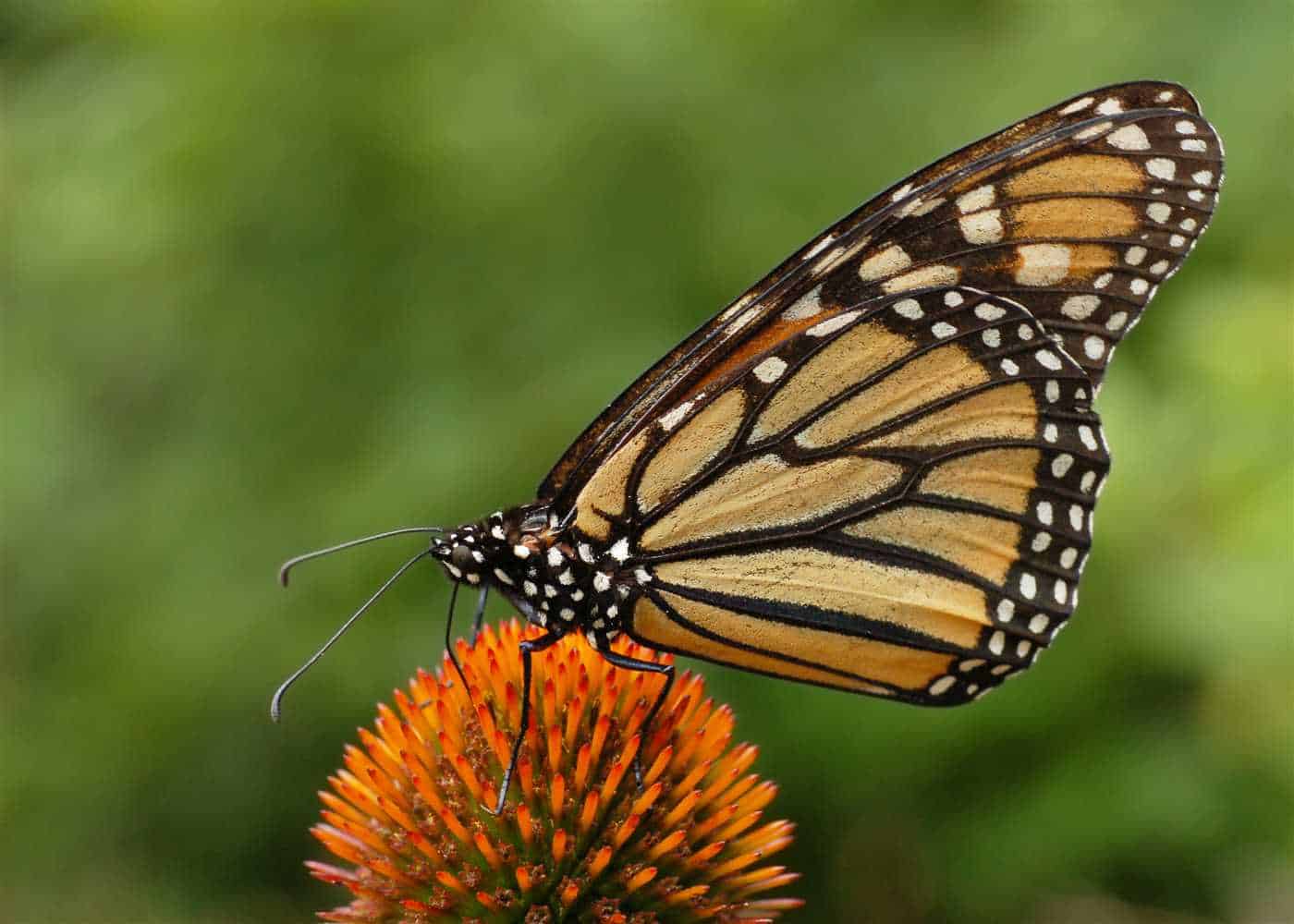
Africa is a multinational continent with diverse cultures and cuisine. Insects play an important role in traditional African cuisine. They are not only a source of food, but also a symbol of wealth and prosperity.
One of the most popular insects used in African cuisine is the locust. They are collected in large quantities during migration and prepared in a variety of ways. Locusts can be fried, boiled or used as an ingredient in soups and sauces.
Another well-known insect often used in African cuisine is termites. Termites are a rich source of protein and fat. They can be fried, boiled or used to prepare various dishes such as stews or roasts.
Beetles are also popular in some parts of Africa. Beetles can be prepared in a variety of ways - fried, boiled or pickled. They have a special taste and texture that are prized in African cuisine.
Insects in African cuisine are not only tasty, but also useful. They are rich in protein, vitamins and minerals. They are also an environmentally friendly source of food, since their cultivation does not require large resources and does not harm the environment.
Eastern countries and the tradition of eating insects
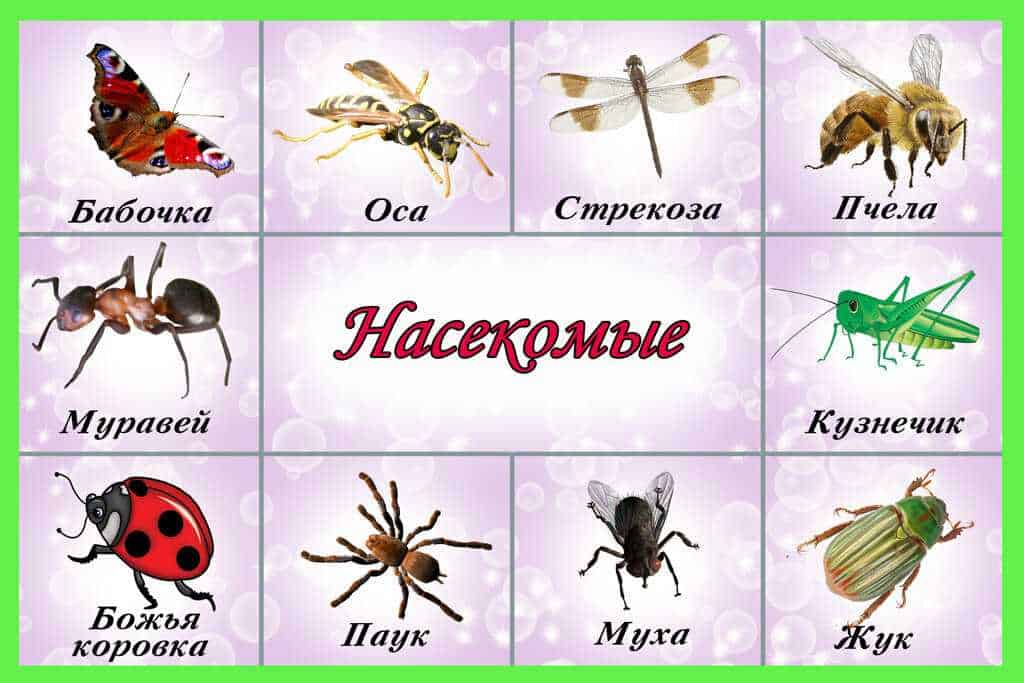
Eastern countries such as China, Thailand, Vietnam and Japan have a rich tradition of eating insects. In these countries, insects are an important food source and are often included in a variety of meals.
China is one of the countries where eating insects has a long history. In Chinese cuisine, insects are used in a variety of cooking options, including fried, pan-fried, stewed, and baked. Some popular insects that are consumed in China include brazier beetles, mulberries, and worms.
Thailand also known for its cuisine, which makes extensive use of insects. Here, insects are often added to salads, soups and fried dishes. Some popular insect species that are consumed in Thailand include brazier beetles, grasshoppers, and caterpillars.
Vietnam known for its rich culinary tradition, in which insects also play an important role. Vietnamese cuisine offers a variety of insect-infused dishes, including fried scorpions, ants, and spiders. Insects in Vietnamese cuisine are usually cooked with various spices and sauces to give them a special flavor.
Japan also has its own unique traditions of eating insects. In Japanese cuisine, insects are often used in sushi and sashimi, giving them a distinct flavor and texture. Some popular insect species that are consumed in Japan include samurai beetles, cockroaches, and caterpillars.
The tradition of eating insects in Eastern countries has ancient roots and continues to exist to this day. Insects are an important source of nutrients and protein, and are an interesting and exotic element in the cuisine of these countries.
European cuisine and the inclusion of insects in the diet
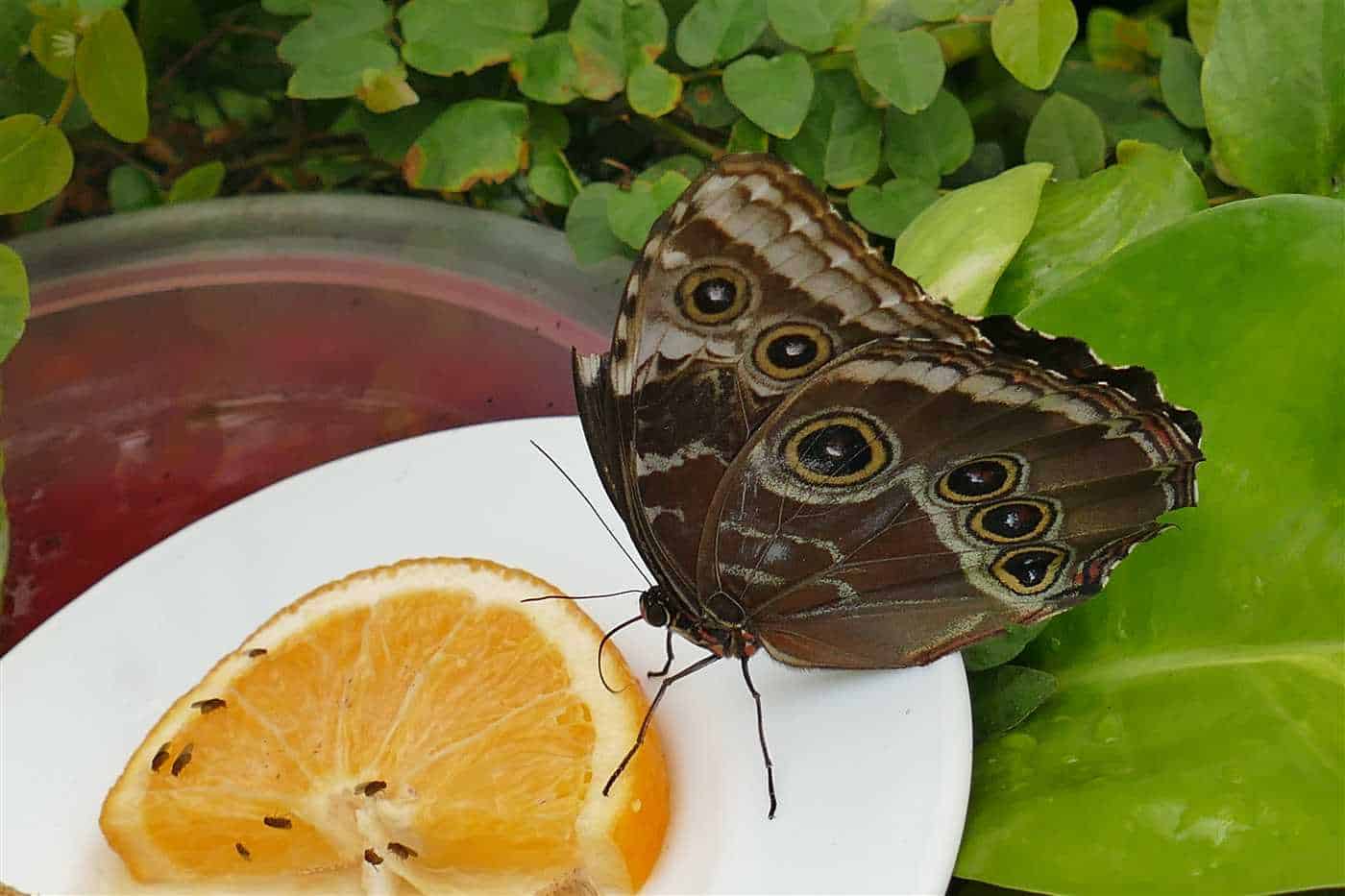
European cuisine is distinguished by its richness and diversity. However, in recent years, the concept of including insects in the diet of Europeans has become increasingly popular.
Insects are a valuable source of protein and other beneficial nutrients. They contain less fat and cholesterol than many other types of meat, making them an ideal choice for those seeking a healthier lifestyle.
In some European countries, such as the Netherlands and Belgium, insects have long been included in the traditional diet. Here you can find dishes that use ants, worms, beetles and even spiders.
Insects also attract the attention of gourmets, who appreciate their special taste and texture. They are added to salads, soups, sauces and other dishes, giving them unique aromas and tastes.
Including insects in the diet of Europeans is not only an environmentally and cost-effective solution, but also a great opportunity to expand gastronomic horizons and discover new tastes and culinary traditions.
Ukrainian cuisine: insects in folk recipes
Ukrainian cuisine is known for its variety of dishes and unique recipes. Unusual ingredients such as insects can be found in folk recipes. Despite the fact that insects are not a common product in modern cooking, they are traditionally present in some dishes of Ukrainian cuisine.
One of the famous dishes that uses insects is "beetles-beetles". This dish is made from edible beetles that are caught in the field. The beetles-beetles are fried in a pan with onions and spices, and then served. This dish is a delicacy and has a special taste.
Another interesting recipe with insects is "locusts in sour cream". To prepare this dish, freshly caught locusts are used, which are fried in a pan with onions and garlic, and then stewed in sour cream. The result is a tender and aromatic dish that is served with mashed potatoes or porridge.
Ukrainian cuisine is rich in a variety of recipes, and insects play a special role in it. They give dishes a unique taste and add a touch of originality. For those who are interested in cooking and want to try unusual dishes, insects in Ukrainian cuisine can be a real discovery.
American cuisine and the use of insects in dishes
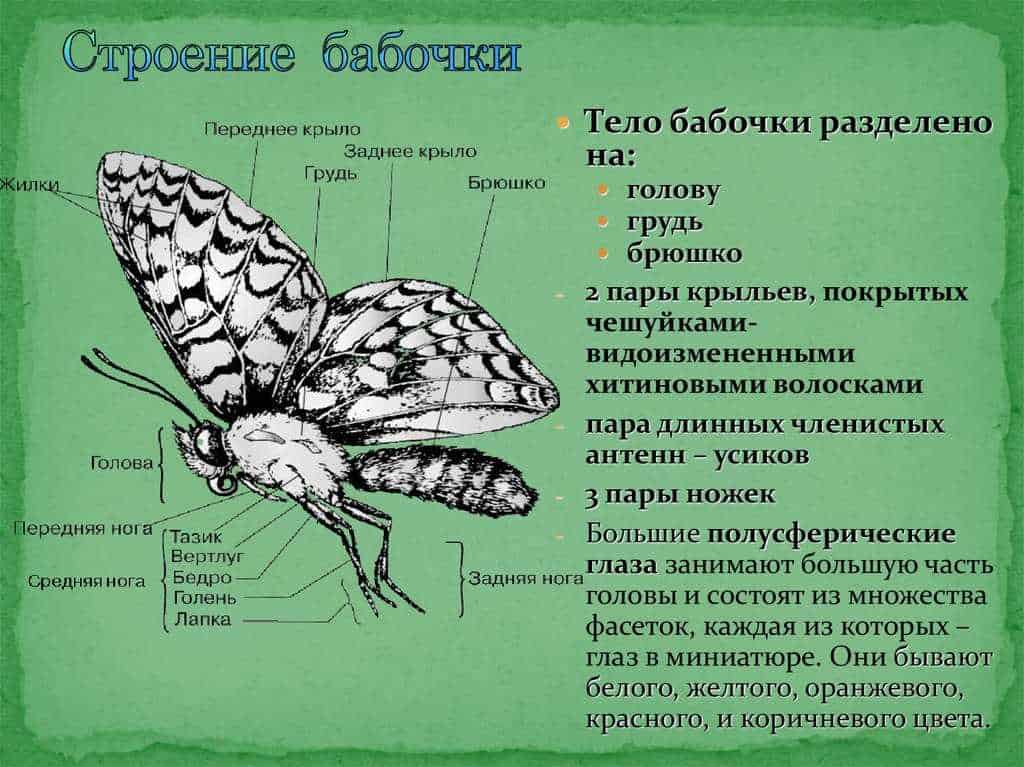
American cuisine is known for its variety and experimentation with foods. In recent years, insects have become a popular ingredient in some dishes, and this is no exception in American cuisine.
Beetle Meatballs is one of the dishes that include insects. Beetles such as anteaters are high in protein making them an attractive food source. The beetles are fried and used in place of meat in meatballs, giving them an interesting flavor and texture.
Another dish that uses insects is quail eggs with caterpillars. Caterpillars are considered a delicacy in some countries, and in the Americas they have also begun to be used in cooking. Caterpillars are fried and served with quail eggs, creating an unusual and tasty combination.
Do not forget about fried ants, which are also often found on American tables. Ants have a crunchy texture and a delicate flavor, making them great for making snacks. They can be fried and added to salads or served as a separate appetizer.
The use of insects in American cuisine is becoming more common. Not only does this give dishes an interesting flavor and texture, but it is also a more sustainable food option. In the future, we may see more insect dishes on American tables.
Insects as a source of protein and an environmentally sustainable product
Insects play an important role in human nutrition, especially in the context of their high protein content. Protein is an essential nutrient in our diet, and insects can be a source of this important nutrient.
One advantage of insects as a source of protein is their high food conversion. Unlike other animals, insects efficiently convert plant foods into protein, making them more energy efficient and environmentally sustainable.
In addition to being high in protein, insects are also rich in other nutrients such as iron, calcium, and vitamins. Their nutritional value makes them attractive for use in the food industry and the creation of new products.
There are many cultures where insects are traditional food. For example, in some countries in Africa and Asia, insects are widely consumed as a source of protein and an important part of the local cuisine. Their nutritional and environmental sustainability benefits may be an important factor in the spread of insects as food to other regions of the world.
Prospects for the use of insects in the future food industry

Respect for the environment and the search for alternative food sources are driving research into the use of insects in the food industry.
To date, insects are considered as one of the possible resources that can solve the problem of the global food crisis. They are high in protein, vitamins and minerals, and have low water consumption and breeding area.
The use of insects in the food industry can significantly reduce the negative impact on the environment. For example, insect farming requires much less land than animal husbandry and does not require the use of pesticides and growth hormones. In addition, insects can use organic waste as food, which helps solve the problem of waste disposal and reduce greenhouse gas emissions.
The prospects for the use of insects in the food industry are also associated with the diversity of their species and the possibility of creating new products. For example, dried or fried insects can be used as ingredients in various dishes, and can also be processed into flour, butter, and other products. This opens up new opportunities for the development of culinary and food arts, as well as the creation of innovative products for consumers.
However, the cultural and ethical aspects of the use of insects in the food industry must be taken into account. Insects can be perceived differently in different countries: in one country they can be traditional food, and in another they can be disgusting. Therefore, the successful introduction of insects into the food industry will require educational work and a change in people's perceptions.
Overall, the use of insects in the future food industry has great potential to address global food and environmental challenges.

